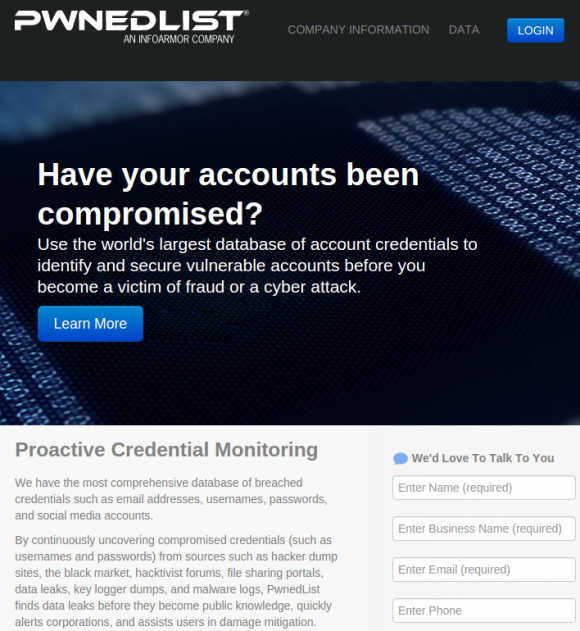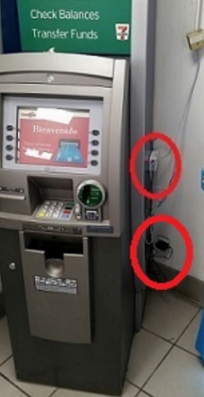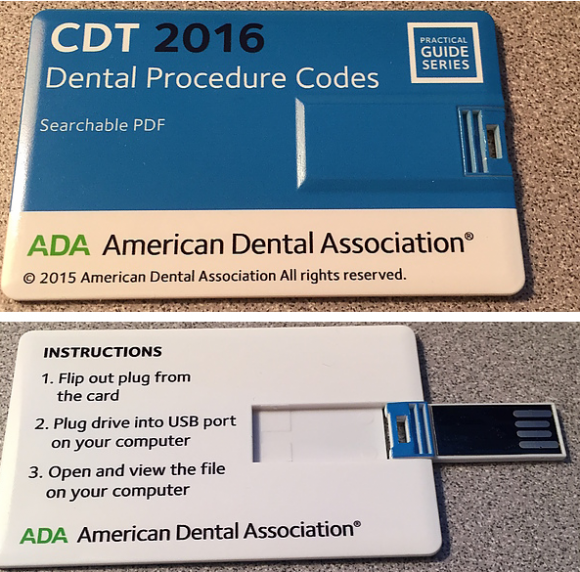Crooks who peddle stolen credit cards on the Internet face a constant challenge: Keeping their shops online and reachable in the face of meddling from law enforcement officials, security firms, researchers and vigilantes. In this post, we’ll examine a large collection of hacked computers around the world that currently serves as a criminal cloud hosting environment for a variety of cybercrime operations, from sending spam to hosting malicious software and stolen credit card shops.
I first became aware of this botnet, which I’ve been referring to as the “Dark Cloud” for want of a better term, after hearing from Noah Dunker, director of security labs at Kansas City-based vendor RiskAnalytics. Dunker reached out after watching a Youtube video I posted that featured some existing and historic credit card fraud sites. He asked what I knew about one of the carding sites in the video: A fraud shop called “Uncle Sam,” whose home page pictures a pointing Uncle Sam saying “I want YOU to swipe.”
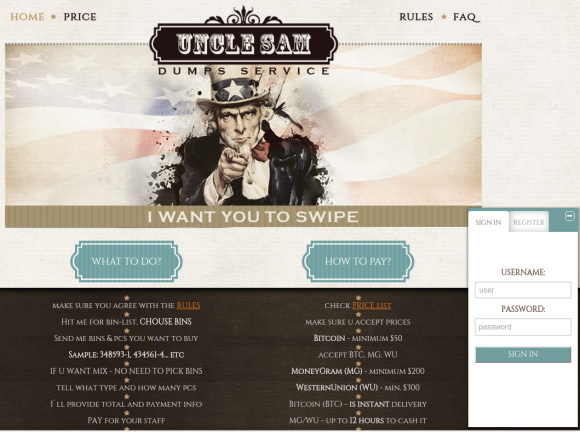
The “Uncle Sam” carding shop is one of a half-dozen that reside on a Dark Cloud criminal hosting environment.
I confessed that I knew little of this shop other than its existence, and asked why he was so interested in this particular crime store. Dunker showed me how the Uncle Sam card shop and at least four others were hosted by the same Dark Cloud, and how the system changed the Internet address of each Web site roughly every three minutes. The entire robot network, or”botnet,” consisted of thousands of hacked home computers spread across virtually every time zone in the world, he said.
Dunker urged me not to take his word for it, but to check for myself the domain name server (DNS) settings of the Uncle Sam shop every few minutes. DNS acts as a kind of Internet white pages, by translating Web site names to numeric addresses that are easier for computers to navigate. The way this so-called “fast-flux” botnet works is that it automatically updates the DNS records of each site hosted in the Dark Cloud every few minutes, randomly shuffling the Internet address of every site on the network from one compromised machine to another in a bid to frustrate those who might try to take the sites offline.
Sure enough, a simple script was all it took to find a few dozen Internet addresses assigned to the Uncle Sam shop over just 20 minutes of running the script. When I let the DNS lookup script run overnight, it came back with more than 1,000 unique addresses to which the site had been moved during the 12 or so hours I let it run. According to Dunker, the vast majority of those Internet addresses (> 80 percent) tie back to home Internet connections in Ukraine, with the rest in Russia and Romania.

‘Mr. Bin,’ another carding shop hosting on the dark cloud service. A ‘bin’ is the “bank identification number” or the first six digits on a card, and it’s mainly how fraudsters search for stolen cards.
“Right now there’s probably over 2,000 infected endpoints that are mostly broadband subscribers in Eastern Europe,” enslaved as part of this botnet, Dunker said. “It’s a highly functional network, and it feels kind of like a black market version of Amazon Web Services. Some of the systems appear to be used for sending spam and some are for big dynamic scaled content delivery.”
Dunker said that historic DNS records indicate that this botnet has been in operation for at least the past year, but that there are signs it was up and running as early as Summer 2014.
Wayne Crowder, director of threat intelligence for RiskAnalytics, said the botnet appears to be a network structure set up to push different crimeware, including ransomware, click fraud tools, banking Trojans and spam. Continue reading




 “Based on the preliminary findings of the investigation and other information, the Company believes that malware, installed through the use of compromised third-party vendor credentials, affected one particular point of sale system at fewer than 300 of approximately 5,500 franchised North America Wendy’s restaurants, starting in the fall of 2015,” Wendy’s disclosed in their first quarter financial statement today. The statement continues:
“Based on the preliminary findings of the investigation and other information, the Company believes that malware, installed through the use of compromised third-party vendor credentials, affected one particular point of sale system at fewer than 300 of approximately 5,500 franchised North America Wendy’s restaurants, starting in the fall of 2015,” Wendy’s disclosed in their first quarter financial statement today. The statement continues: erabilities (flaws that attackers figure out how to exploit before before the software maker does) in Internet Explorer (IE) and in Windows. Half of the 16 patches that Redmond issued today earned its “critical” rating, meaning the vulnerabilities could be exploited remotely through no help from the user, save for perhaps clicking a link, opening a file or visiting a hacked or malicious Web site.
erabilities (flaws that attackers figure out how to exploit before before the software maker does) in Internet Explorer (IE) and in Windows. Half of the 16 patches that Redmond issued today earned its “critical” rating, meaning the vulnerabilities could be exploited remotely through no help from the user, save for perhaps clicking a link, opening a file or visiting a hacked or malicious Web site.
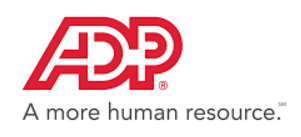 Patterson, N.J.-based ADP provides payroll, tax and benefits administration for more than 640,000 companies. Last week, U.S. Bancorp (U.S. Bank) — the nation’s fifth-largest commercial bank — warned some of its employees that their W-2 data had been stolen thanks to a weakness in ADP’s customer portal.
Patterson, N.J.-based ADP provides payroll, tax and benefits administration for more than 640,000 companies. Last week, U.S. Bancorp (U.S. Bank) — the nation’s fifth-largest commercial bank — warned some of its employees that their W-2 data had been stolen thanks to a weakness in ADP’s customer portal.